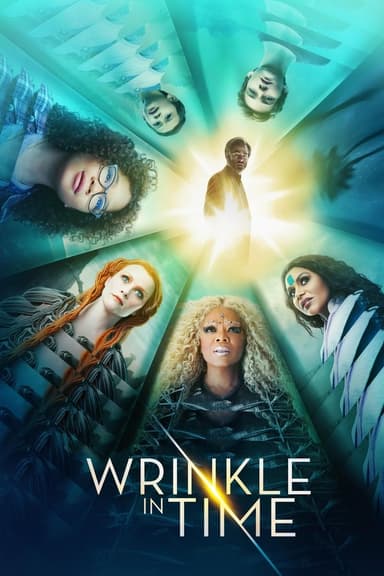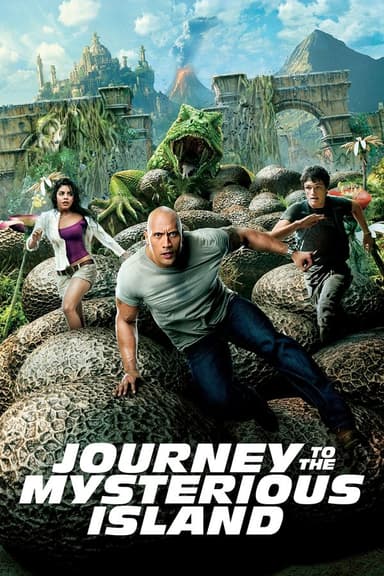
Stig of the Dump
1981 • Adventure, Drama, Family, Fantasy, Science Fiction
Young boy discovers a teenaged caveman living in the local rubbish dump.
Runtime: 4h 10m
Why you should read the novel
Clive King's 'Stig of the Dump' offers a magical blend of adventure and curiosity, inviting readers to discover the joys of unlikely friendships. Unlike the movie, the novel immerses you fully in Barney’s perspective, letting his discoveries and imagination come alive on the page. The book’s descriptive passages evoke a vivid sense of place, making each moment with Stig and the mysterious chalk pit even more memorable.
Reading the original work allows you to experience first-hand the depth and warmth of Barney and Stig’s developing friendship. The book’s language and tone gently encourage young readers to be inquisitive about the world and open-minded about people who are different. You get to enjoy every humorous misunderstanding, clever invention, and quietly profound message of acceptance.
The novel also offers a rich background on Stig, his world, and the themes of environmental awareness and creativity. There’s more nuance in the text than what’s offered in the adaptation. By reading Clive King’s classic, you gain a fuller appreciation for timeless storytelling that continues to resonate across generations.
Adaptation differences
One main difference between the 1981 adaptation and Clive King’s novel is the portrayal of Stig himself. The book gives Stig considerable depth through Barney’s interactions, emphasizing his resourcefulness and childlike wonder. The film, while faithful in spirit, presents Stig in a simpler, more comedic light, sometimes missing the subtleties of his character as described in the novel.
Another notable difference is the pacing and focus of the story’s events. The novel unrolls gradually, lingering on the exploratory, near-mythical atmosphere of the chalk pit and Barney’s evolving understanding of Stig’s world. In contrast, the film condenses or omits several adventures, streamlining the storyline to fit a shorter runtime, losing some of the book’s richness and textured storytelling.
The depiction of Barney’s family and their attitudes towards his discoveries is more fleshed out in the novel. Readers see family dynamics and how Barney’s secret, and eventually revealed, friendship with Stig impacts those around him. The film adaptation glosses over these emotional shifts and nuances, focusing more on the boys’ immediate exploits than on their emotional journey.
Lastly, the adaptation makes some visual and narrative choices to suit the period and technology of early 1980s television, such as simpler special effects and less internal monologue. This changes the atmosphere, making the story feel more like a straightforward children’s adventure than the sometimes surreal, imaginative experience offered by Clive King’s book.
Stig of the Dump inspired from
Stig of the Dump
by Clive King










